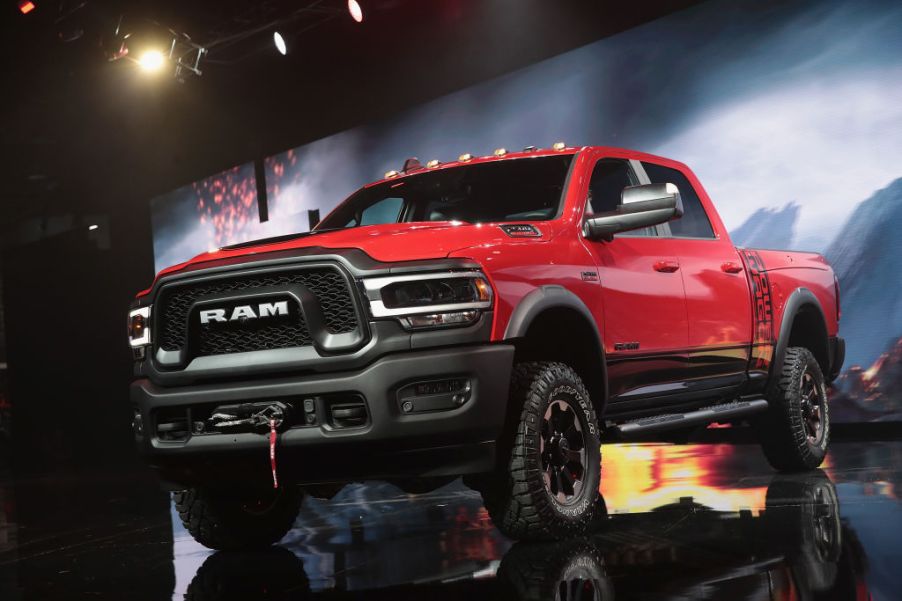
This Is the Biggest Mistake People With Lifted Trucks Make
If lifting your truck to fit 37-inch tires is the ultimate modification, no amount of support or dissuasion is going to matter to you. It’s your monster truck dream, and you’re building it the way you want it.
There is one consideration, however, that many riding the high-suspension wave tend to overlook. It’s a fairly easy fix, but it can make a notable difference in your driving safety.
People with lifted trucks often make this mistake
Adding lift to your truck also changes the height of the vehicle’s headlights. What that means is that instead of having a slight downward angle, they’re raised several inches causing problems for other drivers and you.
Even set on the low beams, your headlights have been inadvertently realigned with the new height of your truck to glare straight into the eyes of drivers approaching you. They also create a blinding and distracting glare in the rearview mirror of the vehicles in front of you.
Aside from jeopardizing others’ safety, you’re also compromising your own visibility with improper headlight alignment. Since low beams naturally provide limited output and distance, it’s important to bring them back down to focus on the road where their illumination can be the most efficient rather than shining randomly out in the air.
How to adjust your lifted truck’s headlights
In order to meet Department of Transportation requirements, you need to adjust each headlight top and bottom as well as each side. Depending on the age of your vehicle and the type of headlights it has, you’ll follow the same basic premise for adjustment.
Find level ground in front of a wall to begin making reference marks with blue painter’s tape or masking tape. The first measurement is from the ground to the center of each headlight. If you measure 26 inches, for example, you’ll measure the same height and place a horizontal tape line on the wall.
The next measurement is the distance between the center points of each light. You’ll again measure the same distance on the wall, placing a vertical strip of tape at each end of the measurement. If the headlights are 62 inches apart, the tape on the wall needs to reflect that.
Once the measurements have been completed, back the truck straight back, without turning the wheel, 25 feet from the wall and turn on the headlights. Each beam should point a couple of inches below the center of the cross marks you’ve just created.
If they don’t, you simply begin to make the necessary adjustments. Older trucks provide two spots on each headlight that require a Phillips-head screwdriver to reposition light placement. The top one changes the light’s top-to-bottom calibration, and the side placement adjusts the side-to-side angle.
Newer vehicles offer different configurations of screws and bolts under the hood. If you’re waiting until nightfall to be able to really see how and where the lights are shining, it’s advisable to scope out how to make the adjustments while there’s still daylight. It makes the project much less frustrating.
When in doubt take it to a professional

Of course, if you’re not comfortable with making the adjustments yourself, it’s always advisable to seek the services of a professional mechanic. It takes minimal time and effort, yet reaps great rewards for you as well as your fellow motorists.
A lifted truck offers you the capability of adding the lift and tire traction to take driving your truck to a whole new level. However, it’s crucial to follow the job through to the end and take the few extra minutes to adjust the headlights.


